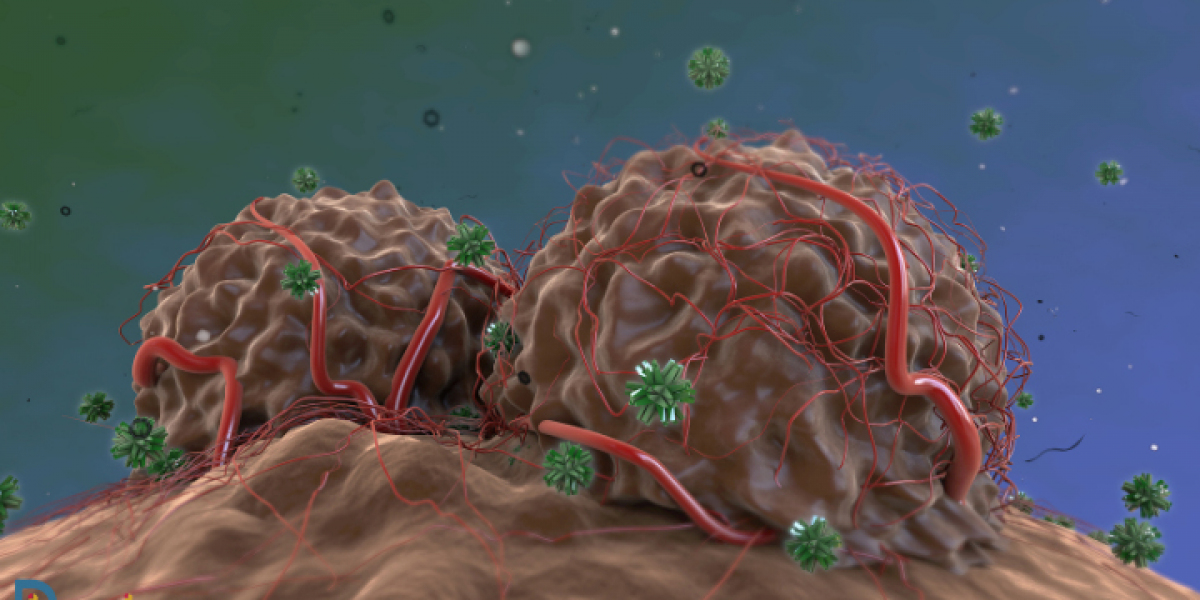1. Causes of NASH
The primary underlying cause of NASH is the accumulation of excess fat in liver cells, which can be attributed to various factors, including:
- Obesity: Excess body weight is the most significant risk factor for NASH. The increasing rates of obesity worldwide have directly contributed to the rise of NASH cases.
- Metabolic Syndrome: This cluster of conditions—including insulin resistance, hypertension, high cholesterol, and elevated blood sugar—creates an environment conducive to liver fat accumulation.
- Type 2 Diabetes: Individuals with diabetes are at a higher risk for developing NASH, primarily due to insulin resistance, which disrupts lipid metabolism.
- Genetics: Genetic predisposition can influence an individual's risk of developing NASH, with certain genetic variants making some individuals more susceptible to liver fat accumulation.
- Diet and Lifestyle: Diets high in refined carbohydrates, sugars, and unhealthy fats contribute to fat accumulation in the liver. Sedentary lifestyles further exacerbate the problem.
2. Diagnosis of NASH
Early detection of NASH is crucial for preventing disease progression. The diagnosis typically involves several approaches:
- Medical History and Physical Examination: A healthcare provider will review the patient's medical history and perform a physical exam to identify signs of liver disease, such as jaundice or abdominal swelling.
- Blood Tests: Liver function tests can indicate elevated liver enzymes (ALT and AST), which may suggest liver inflammation. Tests for metabolic conditions, such as blood glucose and lipid profiles, are also essential.
- Imaging Studies: Techniques like ultrasound, CT scans, and MRIs can assess liver fat content and detect any signs of fibrosis. These non-invasive methods are valuable for evaluating liver health.
- Liver Biopsy: The definitive method for diagnosing NASH, a biopsy involves taking a small sample of liver tissue to assess inflammation and fibrosis severity. This invasive procedure is typically reserved for cases where the diagnosis is uncertain or to evaluate the extent of liver damage.
3. Management of NASH
While there are currently no FDA-approved medications specifically for NASH, effective management focuses on lifestyle changes and addressing underlying risk factors:
- Lifestyle Modifications:
- Weight Loss: Achieving a 5-10% weight loss can significantly reduce liver fat and improve inflammation.
- Dietary Changes: A balanced diet rich in fruits, vegetables, whole grains, and healthy fats is crucial. The Mediterranean diet, which emphasizes healthy fats and fiber, is often recommended.
- Physical Activity: Regular exercise can improve insulin sensitivity, aid in weight management, and promote liver health.
- Medications: Although there is no specific pharmacological treatment for NASH, certain medications can help manage associated conditions:
- Insulin Sensitizers: Drugs such as pioglitazone may be prescribed to improve insulin sensitivity and reduce liver fat in individuals with diabetes.
- Vitamin E: For non-diabetic patients, vitamin E has shown promise in reducing liver inflammation and improving histological features.
- Emerging Therapies: Research into various pharmacological agents targeting NASH, including FXR agonists and GLP-1 receptor agonists, is ongoing, and it may help promote liver health and weight loss.
4. The Importance of Regular Monitoring
Due to the progressive nature of NASH, regular monitoring is essential to assess liver health and adjust management strategies. Healthcare providers should schedule follow-up appointments to evaluate liver function, monitor metabolic parameters, and discuss any changes in symptoms or overall health.
5. Conclusion
The NASH epidemic underscores the urgent need for awareness, early diagnosis, and effective management strategies. As obesity and metabolic diseases continue to rise globally, healthcare professionals must prioritize the identification and management of NASH to prevent severe liver complications. Lifestyle modifications remain the cornerstone of treatment, with ongoing research promising new pharmacological interventions. A collaborative approach between patients and healthcare providers is essential to navigate the complexities of NASH, improve outcomes, and enhance quality of life.
Latest Reports
Advanced Hepatocellular Carcinoma With Cpb Liver Cirrhosis Market | Advanced Renal Cell Carcinoma Market | Alopecia Aerata Market | Ambulatory Arrhythmia Monitoring Devices Market | Anaphylaxis Market | Anorectal Malformation Market | Anovulation Market | Aortic Stenosis Market | Apheresis Market | Arthroscopic Shavers Market | Artificial Iris Market | Atherectomy Devices Market | Autonomic Dysfunction Market | Balloon Catheters Market | Bile Duct Neoplasm Market | Bladder Cancer Market | Calcinosis Cutis Market | Cardiorenal Syndrome Market | Central Retinal Venous Occulsion Market | Central Serous Chorioretinopathy Market | Chemotherapy Induced Febrile Neutropenia Market | Cholangiocarcinoma Market | Chronic Refractory Gout Market | Chronic Rhinosinustis Market | Clbp Market | Concussions Market Size | Contact Dermatitis Market | Contraceptive Devices Market | Corneal Ulcer Market | Diabetic Foot Ulcers Dfus Market | Dysthymia Market | Exophthalmos Market | Familial Primary Pulmonary Hypertension Market | Giant Papillary Conjunctivitis Market | Graves’ Disease Market









